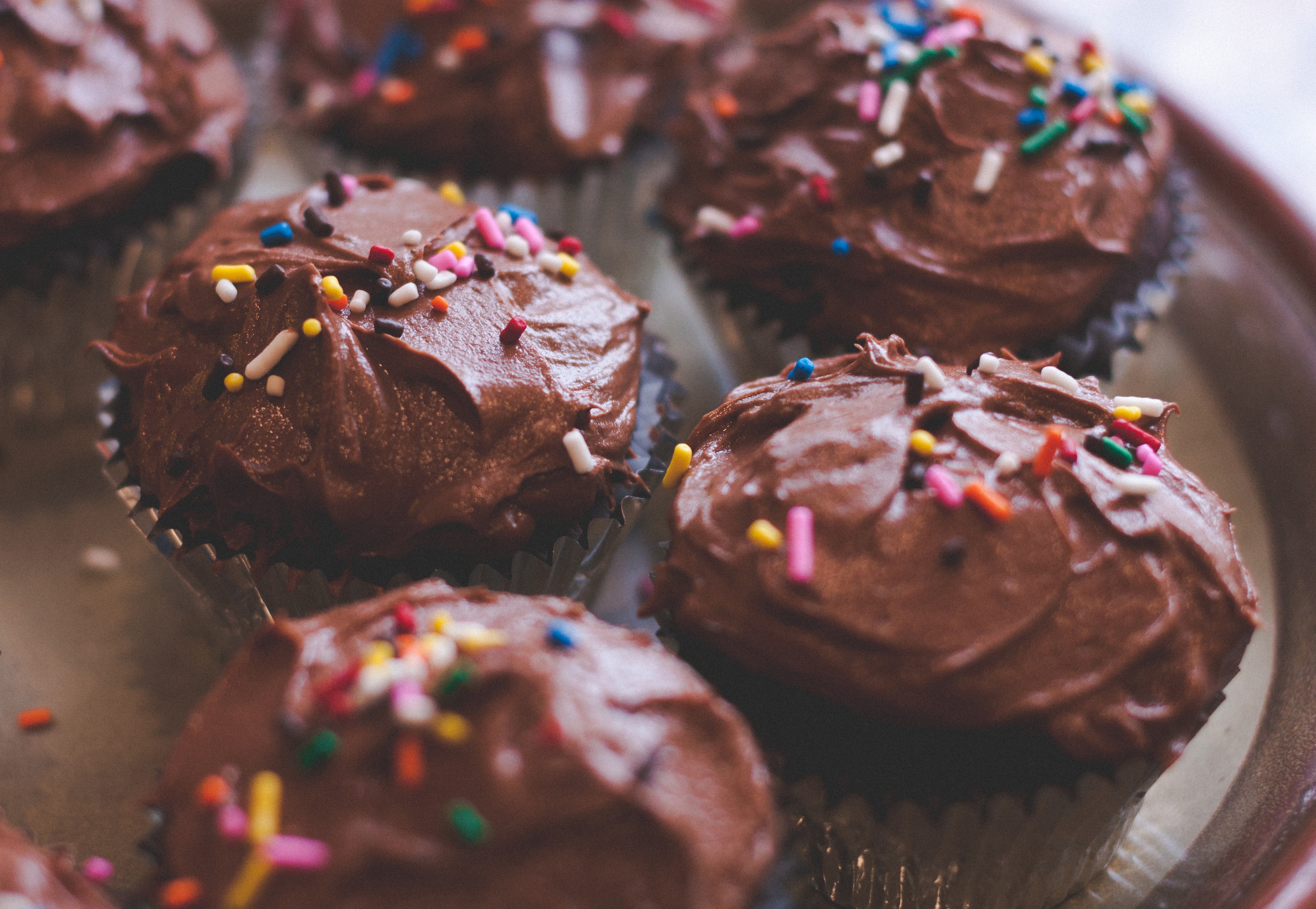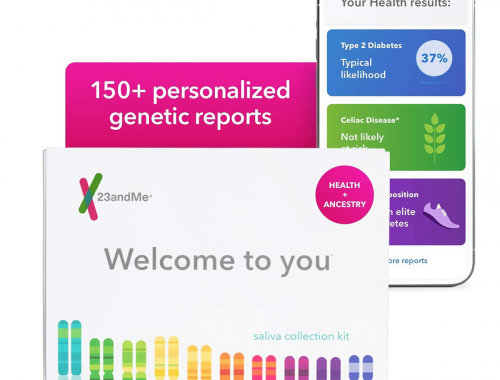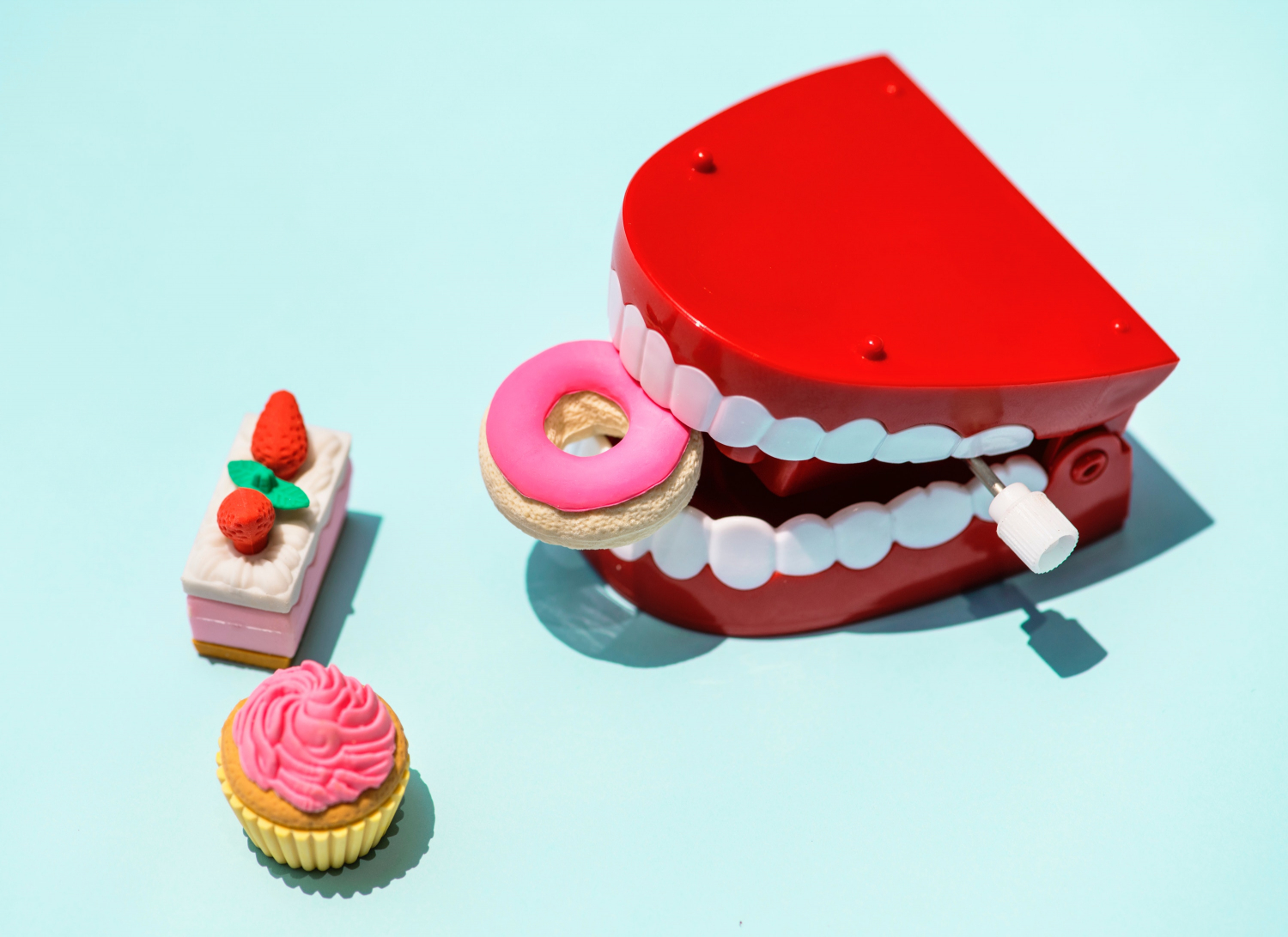As wonderful as they are, professional massage sessions simply aren’t affordable or sustainable for long-term therapy. Athletes, dancers, suffers of fibromyalgia, or victims of accidents may find that they need as much as an hour of massage daily just to maintain their muscles and fascia in working order. Massage sessions average at $60 an hour and most of us aren’t lucky enough to afford that multiple times a week.
Enter do-it-yourself massage therapy. Many tools have been developed over the years to help you work out muscle knots and fascia adhesions. Here I will be reviewing the tools that I have found most helpful. As a currently performing dancer with fibromyalgia who has also been through two very traumatic car accidents, my muscular issues are on the severe end of the scale and require the best self-massage tools.
The Old Standby: Foam Roller
[amazon template=image center 35&asin=B000HLLREA]
While the foam roller is not particularly innovative at this point, I still find relief from a good foam rolling session. The key is that the foam roller can only be used on bands of tightness, not knots or adhesions, and those bands have to be relatively close to the surface. Many people find that their iliotibial (IT) band is tight along the whole length without actual knots in the band. The IT band also lacks of a lot of fat padding, so it will respond to to the flat surface of the foam roller. On the other hand, adhesions in the fleshy part of the back thigh are usually too deep and too concentrated for a foam roller.
Unfortunately, you can’t just go out and buy any old foam roller. Most foam rollers are cheap celled foam and will disintegrate over time. You also want your foam roller to be fairly firm. A squishy foam roller will conform to your body instead of providing support to force out the tightness in your muscles. My favorite foam roller is the Perform Better Elite Molded Foam Roller which is made of cell-free molded foam that doesn’t flatten and provides the right amount of firmness. At three feet long and six inches around, it is the right length and height for complete full body rolling for almost any body type.
The Runner’s Favorite: TriggerPoint GRID
[amazon template=image center 35&asin=B008YPZQCU]
Runners swear by this tool and for good reason: it is great for slightly deeper rolling in the calves, thighs, and piriformis, which are all areas stressed by running. The TriggerPoint GRID offers ridges and grooves in the exterior to help dig in as you roll. I did not find the ridges intense enough for deep knots in the legs, but the tool was semi-useful for the lower and mid back where more intense tools could cause injury. The half-size pictured is the most popular size for a more intense roller, but there is also a full-size if you so desire.
The Real Deal: Rumble Roller
[amazon template=image center 35&asin=B006QMK1FK]
This is, by far, my favorite roller for the legs. The device looks pretty scary, but the knobs are just the right shape for deep knots in squishy areas—especially in females that carry more fat in their legs. There is a blue regular density and a black extra density. While I usually go for the strongest intensity, the black Rumble Roller was actually too strong for my body. I use the half-size but there is also a mid-size and a full-size in both strengths. If you have severe knots and can only get one tool, get the Rumble Roller.
The Triple: Gaiam Pressure Point Massager
[amazon template=image center 35&asin=B00525X8ZW]
This tool contains three revolving spike balls. The spikes aren’t particularly deep and the balls are lightweight, so this won’t do any good for deep knots, but it does help small knots close to the surface in the arms, shoulders, neck, and calves. The Gaiam Pressure Point Massager is a one-trick pony that I don’t use very often, but it does come in handy for odd areas where nothing else works.
The Mini Targeter: Pearl Lacrosse Balls
[amazon template=image center 35&asin=B01FE206CK]
Traditional yellow lacrosse balls provide targeted massage in small areas that need a gentler touch—think hip flexors, psoas, and pecs. There are many brands out there, but I like Pearl Lacrosse Balls because they can be found in any sporting goods store, they don’t grease up, and they last a lot longer than rubber balls. If you want a spongier ball, many dancers swear by the Pinky.
The Torture Device: Acuforce Massage Star
[amazon template=image center 35&asin=B00GYRCFA6]
This is my favorite tool—even though it looks like a medieval torture device—for buried knots and persistent facial adhesions. I have often wished for a sharp point end in a massage tool but could not find any on the market until the Acuforce Massage Star. It has also a wedge end, which you can scrape fascia with, as well as a traditional knob end. The best part about this tool is that it is weighted! Most massage tools are so light that you wear yourself out trying to apply pressure. The massage star has enough heft that you hardly need to press down.
The Indirect Champion: Acuforce Massage Star
[amazon template=image center 45&asin=B000F8UBG0]
This isn’t a massage tool, but your muscles connect to tendons which connect to bone. Misaligned bones will stretch or contract your muscles in painful and unnatural directions. Chiropractors have cornered the market on bone alignment in the medical industry, and they will gouge you for the privilege of pressing on your back. If you feel that your skeletal layout is contributing to your muscle pain, the SpineWorx is an at-home device to help keep your spine in check. Yeah, it looks gimmicky, but it actually works. You lay on it for 15 or so minutes and let gravity relax your muscles while the tool gently nudges your spinal vertebrae back into place.




